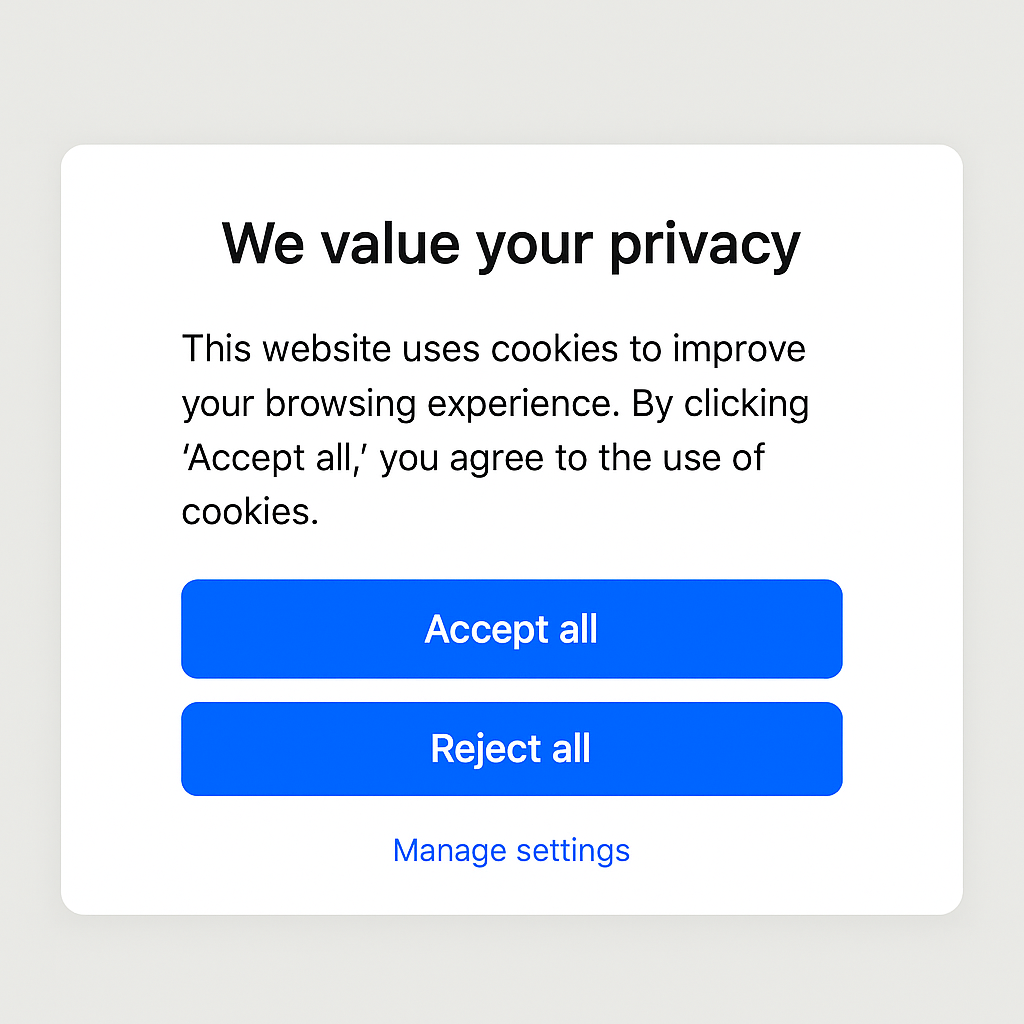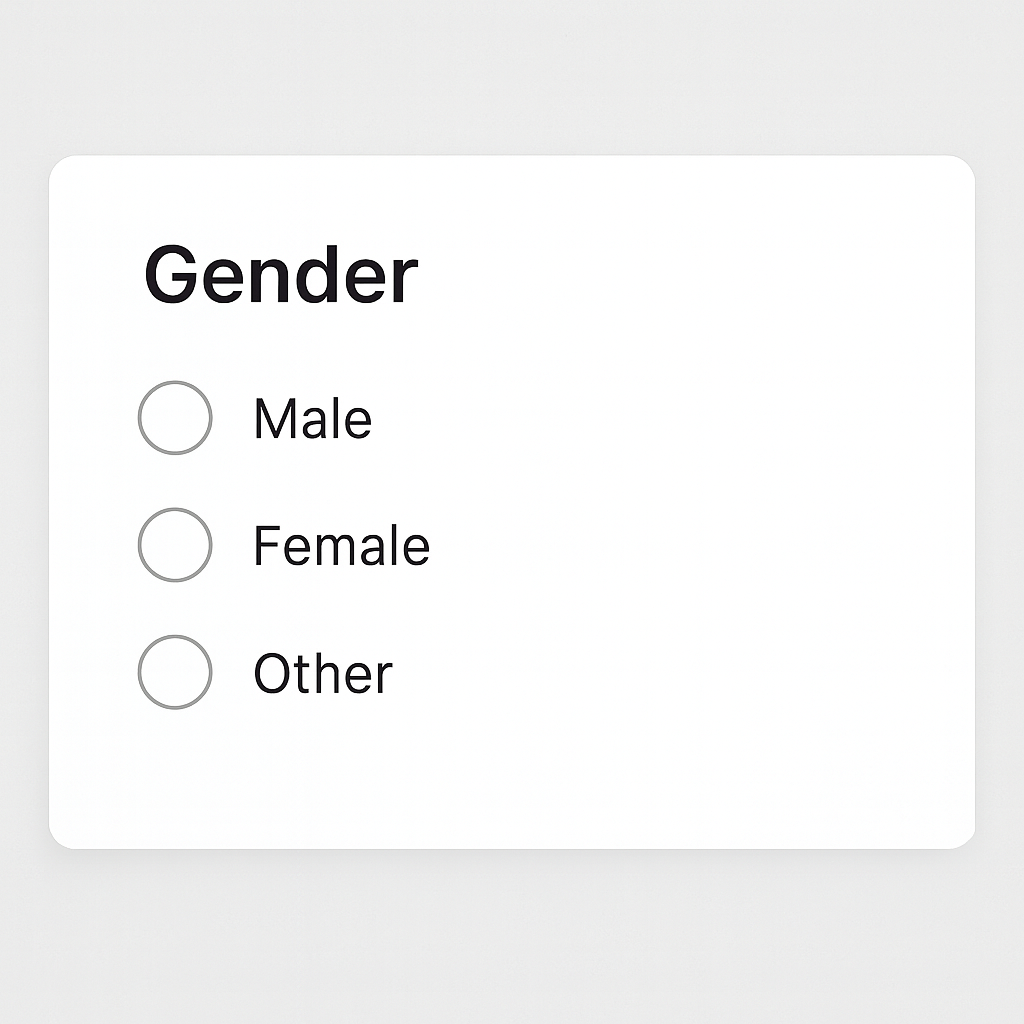In the world of UX, we’re often obsessed with a frictionless experience. We strive for usability, speed, and seamless journeys. These are vital, of course. But in our quest for efficiency, are we forgetting something more fundamental? The human experience of choice.
Every day, we click, decide, and act through user interfaces. But how free are those choices? Are they genuine decisions—or are we being gently steered toward a predetermined outcome? To explore this, let’s turn to an unlikely source: the 20th-century existentialist philosopher Jean-Paul Sartre, who placed freedom at the absolute center of the human condition. Sartre famously wrote,
“Man is condemned to be free”
This short phrase carries enormous weight. For Sartre, freedom isn’t a pleasant feature; it’s an inescapable burden. Even refusing to choose is, itself, a choice. And every choice we make defines who we are and carries profound responsibility.
How does this translate to UX? It forces us to ask a critical question: Are we truly respecting our users’ freedom? Or are we merely creating the illusion of choice?
The Illusion of Choice in Everyday Interfaces
Designs often present users with options. But a closer look reveals how often that freedom is undermined.
Subscription dark patterns
You try to cancel a service. Instead of a clear “Cancel” button, you’re forced through a maze of confirmation screens, guilt-tripping messages, and hidden links. Technically, the choice exists, but the design is actively fighting your freedom. Sartre would call this “bad faith”—offering choice in name while sabotaging it in practice.

Cookie consent banners
A pop-up proclaims, “We value your privacy,” alongside a giant, brightly colored “Accept All” button. The alternative, “Manage Settings,” is a barely visible grey link. Yes, technically you have a choice, but don’t you feel the design is already tilting the scale?

Gender fields that exclude while pretending to include
A form offers “Male,” “Female,” and “Other.” While seemingly inclusive, selecting “Other” often leads nowhere, leaving users feeling categorized and dismissed rather than recognized. Here, a more respectful choice might be “Prefer not to say,” acknowledging the user’s right to privacy.

Why Meaning Matters in Choice
It’s easy to think that more options equal more freedom. But as psychologist Barry Schwartz noted in his “paradox of choice” theory, an overabundance of options can lead to anxiety, fatigue, and paralysis. Our own research consistently confirms this: users stall, hesitate, and abandon tasks when faced with poorly structured choices.
But Sartre pushes us to look deeper. The problem isn’t just the number of options; it’s the meaning behind them. A meaningful choice is one where the user understands the consequences and feels a sense of ownership over the outcome.
This is where UX research becomes essential. It’s not just about observing what users click. It’s about understanding the why: Does this choice feel empowering or coercive? Do they feel respected or manipulated?
Principles for Designing Freedom
Sartre’s philosophy isn’t just an abstract theory; it provides practical principles for ethical and effective design.
- Treat significant choices with respect
Critical actions like deleting an account or committing to a purchase should be clear, deliberate, and transparent. Hiding them shows disrespect for the user’s decision-making.
- The freedom of opting out
Make non-essential fields optional. A phone number field, for instance, can be explained with: “Optional: This helps us contact you if there’s a problem with your order.” This empowers users to decide on their own terms, not under pressure. - Make consequences visible
When a user clicks “I Agree,” what happens next? Clearly showing how their data will be used or what a subscription entails allows them to take responsibility for a choice they fully understand.
UX as the Architecture of Freedom
For Sartre, freedom and responsibility are inseparable. For us in UX, this means building interfaces that don’t just guide or manipulate but create a space for genuine, respected choice.
This isn’t just about ethics; it’s about good business. When users feel their freedom is respected, they don’t just have a better experience. They build trust, satisfaction, and loyalty. This forms the foundation of a lasting brand relationship.
Cultural Context Matters
The way freedom of choice is experienced can differ greatly across markets. What feels empowering in Europe may feel burdensome in Japan, and vice versa. For example, Japanese users may value harmony and social expectations in ways that influence how they perceive freedom, while Western users often emphasize individual autonomy. That is why local research is so critical.
Understanding the deep psychology and emotions behind user choice is the core of our work at Uism. As a Tokyo-based UX research consultancy and part of the ReSight Global, we move beyond surface-level usability to uncover the insights that lead to truly human-centered design.
If you’re looking to build experiences in Japan that are not only usable but also empowering, we would love to start a conversation with you.

